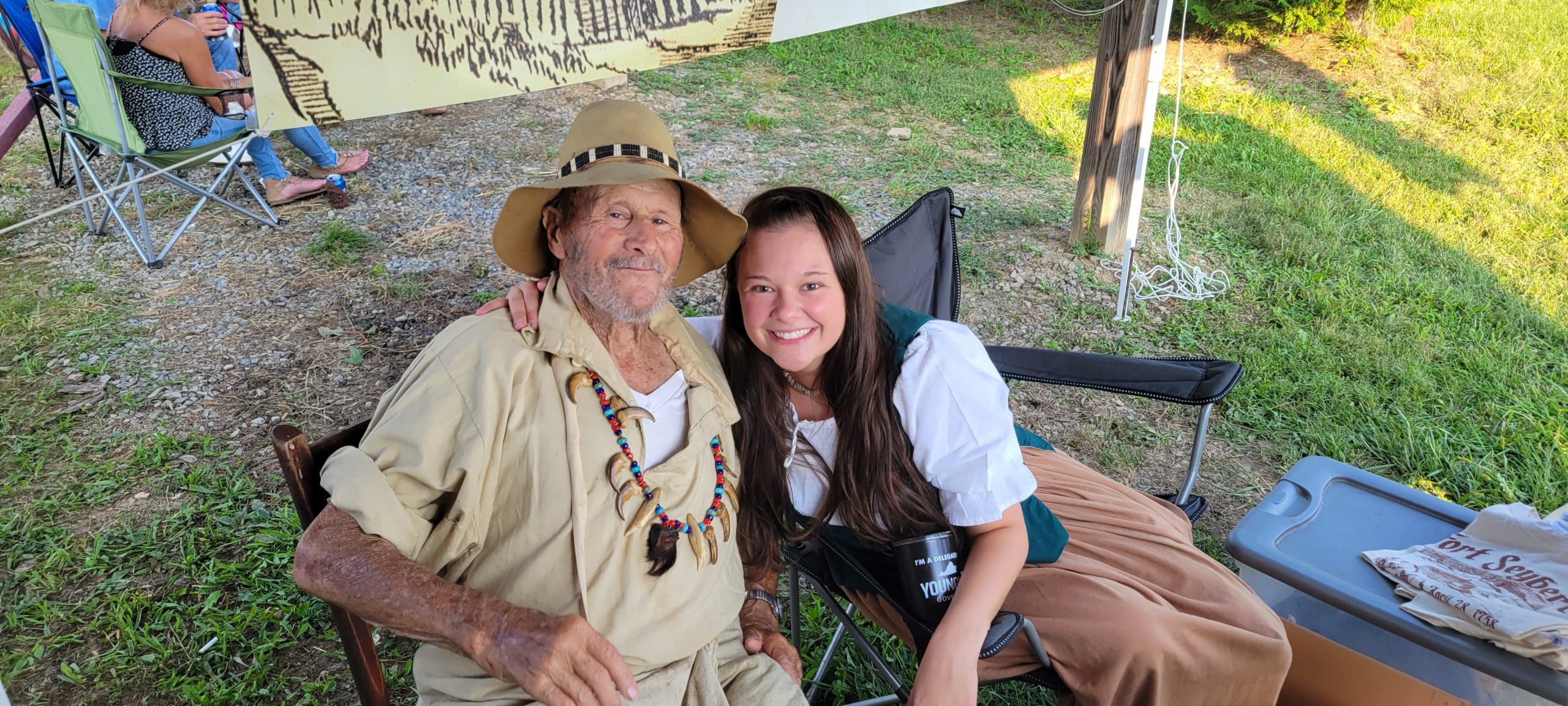
By Stephen Smoot
Imagine a time when the South Branch Valley watershed served as the last frontier of Western Civilization. Travel required mastery of winding and rocky trails walked by animals and widened by Indian hunting parties. The forest canopy from trees centuries old could make midday look like dusk under the foliage.
The first settlers in the Potomac Highlands region were Scots-Irish and German. They trickled into the region southward from Pennsylvania and also westward along the Potomac. According to state historian Charles Ambler, the first families made their way into Pendleton County in 1747.
Ambler also explained that “the character of the society that established itself” in the South Branch Valleys “augured well for the future.” “Bold, enterprising, and fearless” Scots-Irish, along with the “methodical and frugal” German and Dutch created the foundations for communities later.
During the late 1740s a very young George Washington traveled through the Potomac Highlands. He visited settlers such as Isaac Van Meter at Old Fields and his eldest son Henry who lived in the South Branch Valley narrows called “The Trough” by the future first President.
For much of the 1700s, Britain and France each fought to emerge as the most powerful empire in the world. Their spheres of influence in North America slowly grew closer together with the Appalachian Mountains acting for a time as a wall between the two. Indian nations lined up as allies with both Britain and France, hoping to gain advantage should their ally prevail globally.
In the mid-1750s, French officials pushed the boundaries of their dominion to the south and the east. Until the 1780s, Virginia as a colony, then a state, claimed western Pennsylvania, the Ohio River Valley, and all territory beyond to the Pacific Ocean as its own. Washington was sent to warn the French to abandon a fort built at modern Erie, Pennsylvania, only to find that they had penetrated to modern day Pittsburgh.
Meanwhile, settlers trickled into the mountain wilderness just as future Pendleton County became a blood soaked borderland between two antagonistic empires. The Virginia Regiment built and manned a fort at Upper Tract while local militia constructed a five or six building walled stockade for defense on the South Fork named for its captain, Jacob Seybert.
The burning of Fort Seybert, along with the massacre and capture of its inhabitants on April 28, 1758, occurred a generation before American colonists fought for freedom from the British Empire. Over 260 years later, about 1,500 visitors and descendants came to the Fort Seybert reenactment to see and learn its history.
Greg Adamson, a local archaeologist and geologist, serves as the historian and one of the organizers of the reenactment. He explains that “for local people, many descended from settlers and need to know what all they went through. It’s a part of their heritage.” Adamson went on to say that “By doing this, it keeps the memory of these people alive and honors them.”
As Adamson explains, a Delaware war chief and medicine man named Killbuck led warriors from both his and the Shawnee nation, along with possibly a handful of French troops. Killbuck sought to avenge and alleged swindle while the French encouraged their allies to drive the settlers out of the mountains.
Killbuck assaulted the fort, then promised safe passage to those inside, but only as a ruse. Once Captain Seybert surrendered, the victors separated their captives into those deemed worthy of assimilation into their home villages and those marked for execution by tomahawk.
Then he burned the fort to the ground.
James F. “Jed” Conrad manned a booth at the reenactment selling T shirts and other memorabilia. He explained that his ancestors “farmed, ran livestock, ran the mill, and did everything required by early settlers to survive here.” Conrad said that continuing the reenactment was vital because it “tells us the true history of Fort Seybert and the true things that happened,” and it also “teaches what is not in history books.”
The reenactment also connects families with their heritage in powerful ways. One could hear attendees comparing family histories and how they converge and diverge. Many drove in from Hampshire, Hardy, and Grant counties, as well as parts of Virginia. Adamson said that some come from as far away as New York.
Tiffany Reynolds of Fort Seybert was one of many who brought their children to bear witness to the story. As she explained, “I grew up in the area. Right across the road is my dad’s farm where part of the battle happened.”
When he heard about the massacre, George Washington ordered a pursuit of the Indian group moving back across the mountains through future Elkins to a village on the Ohio named Sawknuk, near modern Beaver, Pennsylvania, almost 20 miles west of Pittsburgh. Although scattered throughout the various Indian villages in the Ohio River Valley and west, most captives eventually returned to the South Branch area to tell their tales.
And thanks to the dedicated organizers and reenactors of the Fort Seybert story, those tales will vividly live on in the retelling for years to come.

